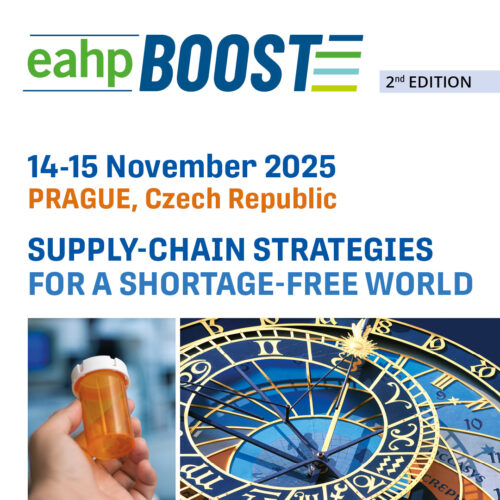DEVELOPMENT OF PHARMACY CRRT SOLUTIONS SERVICE AT KING CHULALONGKORN MEMORIAL HOSPITAL, THE THAI RED CROSS SOCIETY
Pdf

European Statement
Production and Compounding
Author(s)
Phontep Wongkrasoe; Wongsathorn Padungsupalai
Why was it done?
Premixed customize CRRT solutions were compounded by sterile pharmacy.
What was done?
According to the medication management policy, CRRT solution was defined as
High Alert Drugs that require the independent double check throughout the
medication use system. Conventional methods (prepared by nurses) take many
risks and may affect the quality of ICU-patients care by spending more time
for preparing.
How was it done?
Nephrologists, nurses, and pharmacists made a consensus for standard
customized CRRT solution formulas and clarified the ordering (for physician),
dispensing (for pharmacist) and preparing (for nurse to add potassium)
instructions. The procedure for compounding CRRT solutions by sterile
pharmacy was established to optimize traceability aspects as a quality
assurance. With the large batch size compounding, we mockup the preliminary
batch to identify the risk and assure the consistency of compounding process.
Quality control was planned to measure electrolyte content and test sterility
at D0, D7 and D14 at room temperature and refrigerated storage. After the
preliminary batch test was accepted, we started a pilot service in one ward
and reached the maximum service capacity at only one patient per day. The
pharmacists redesigned the compounding process, and the repeater pump was
introduced to increase capacity. Because the product was changed in total
volume from one liter to 1.2 liter, we conducted the preliminary batch test
again. Teams revised the ordering, dispensing, and preparing instructions and
expanded the service to 7 ICU wards.
What has been achieved?
We formulated 2 CRRT solutions in the name of “Chulasol-22 1.2 liter” and
“Chulasol-35 1.2 liter” with BUD 14 days at room temperature storage. The
results were (1) we can provide the CRRT solution for maximum 5 patients per
day compared to only one patient per day in the initial period, (2) the cost
of pharmacy compounded solution was much lower than conventional method or
comparable commercial solution and (3) most nurses (91%) were satisfied in
product quality and had more time for patient care.
What next?
The success of this model was a multidisciplinary engagement that resulted in
improvement of patient care. We use this model in other services such as pain
preparations and eye preparations.
























